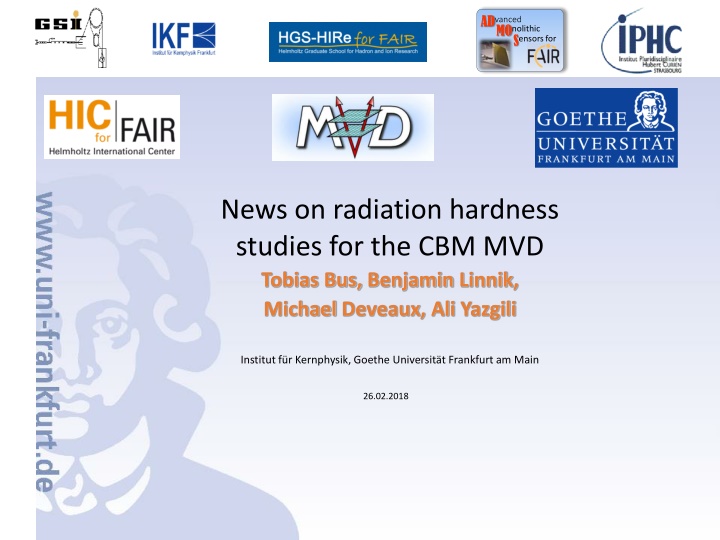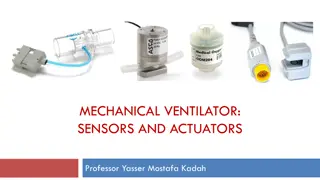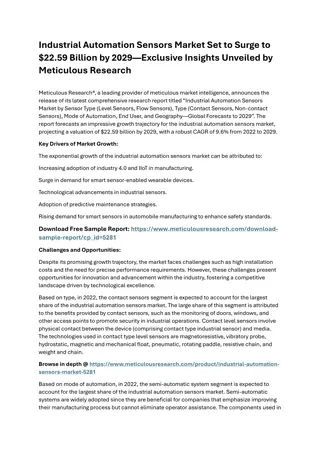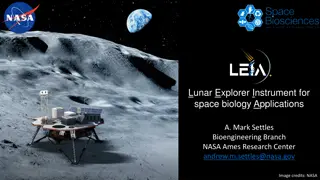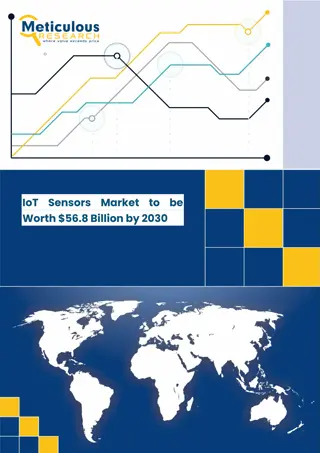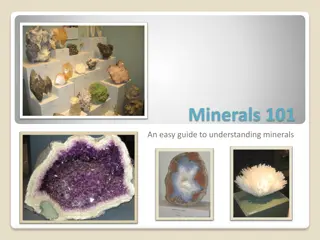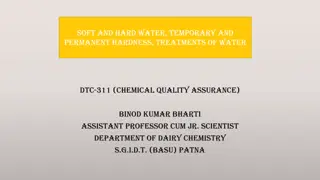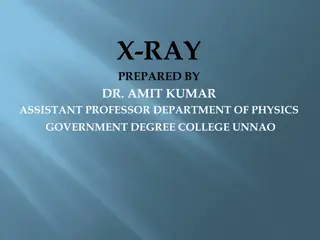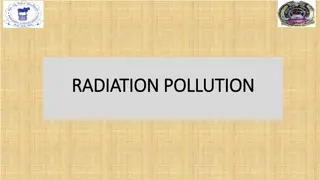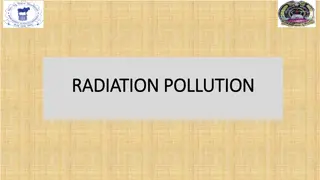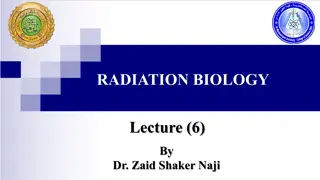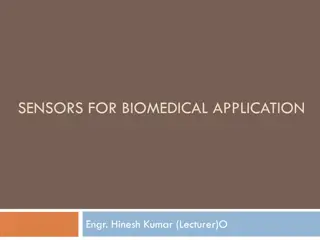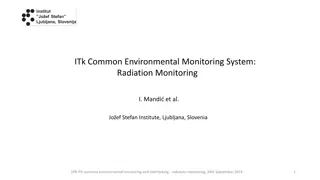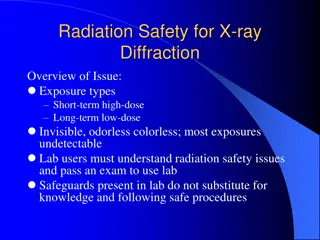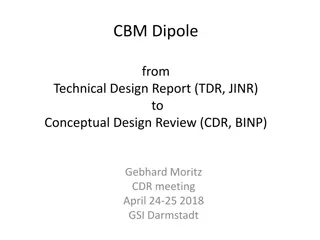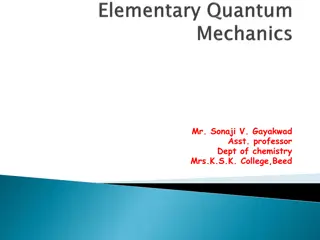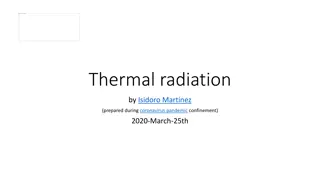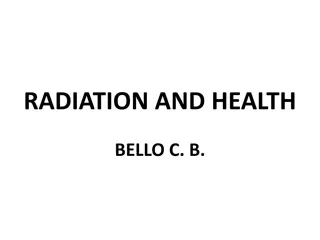Monolithic Sensors for Radiation Hardness Studies in CBM MVD
High-tech advanced monolithic sensors are pivotal in conducting radiation hardness studies for the CBM MVD project. Leakage currents, radiation tolerance, and measurement techniques are explored, providing insights into current challenges and potential solutions in sensor technology development.
Download Presentation

Please find below an Image/Link to download the presentation.
The content on the website is provided AS IS for your information and personal use only. It may not be sold, licensed, or shared on other websites without obtaining consent from the author.If you encounter any issues during the download, it is possible that the publisher has removed the file from their server.
You are allowed to download the files provided on this website for personal or commercial use, subject to the condition that they are used lawfully. All files are the property of their respective owners.
The content on the website is provided AS IS for your information and personal use only. It may not be sold, licensed, or shared on other websites without obtaining consent from the author.
E N D
Presentation Transcript
ADvanced MOnolithic Sensors for News on radiation hardness studies for the CBM MVD Tobias Bus, Benjamin Linnik, Michael Deveaux, Ali Yazgili Institut f r Kernphysik, Goethe Universit t Frankfurt am Main 26.02.2018
Leakage currents in MAPS +3.3V Reset +3.3V Output SiO2 SiO2 SiO2 N++ N++ P+ N+ Ileak 50 m P- 15 m P+ Leakage current: Adds shot noise May clear the signal from the pixel (more later) Tobias Bus, DPG 2018, Bochum
Radiation tolerance: 5 1014??? ?? PIPPER-2: Fully depleted MAPS with AC- coupling Signal amplitude highly relies on temperature. Charge clearing due to high leakage current? Tobias Bus, DPG 2018, Bochum
Leakage current What do we know? Fully depleted PIN-diodes: Which volume? G. Lindstr m, NIM-A 512.1 (2004): 30-43 ? = ? ?? ? ? 4 10 17 ?/?? Leakage current: scales with volume and radiation dose. does not depend on doping. Known to hold for depleted sensors. MAPS are not (always) depleted. Open issue: Valid for MAPS? Measure leakage current Tobias Bus, DPG 2018, Bochum
Open issue: How to measure depleted volume Seed (1 Pixel) Ndepl Depleted Summed (up to second next neighbor) Depletedvolume: ????? ????? ?????? ???? Nepi Known from design Tobias Bus, DPG 2018, Bochum
Leakage current in MAPS? Data1_B LinearFit_Data1B Literature ? 4 10 17 ?/?? Observed ? 3.4 10 17 ?/?? -4 8,0x10 Ali Yazgili, bachelor thesis, in progress -4 7,0x10 MIMOSA-19 Non-depleted sensor -4 6,0x10 Leakage current [A/cm ] -4 5,0x10 -4 4,0x10 Mismatch compatible with room temperature annealing. -4 3,0x10 Parameter ------------------------------------------------------------ A -2,00043E-6 B 3,44486E-17 ------------------------------------------------------------ Value Error -4 2,0x10 8,18565E-6 7,57186E-19 -4 1,0x10 Depleting also increases the leakage current 0,0 0,0 12 13 13 13 5,0x10 1,0x10 Dose [n/cm ] 1,5x10 2,0x10 Depleted volume was used. Epitaxial layer delivers mostly no leakage current. Leakage current seems to scale with depleted volume. Tobias Bus, DPG 2018, Bochum
Leakage current in SB pixels Visible signal Qs Signal charge [a.u.] Qphy Lost Visible signal Qs Qphy Lost Requirementsfor good (>90%) signal: ????> 10 ???? = 50 s => ????? 500 fA t [readout cycles] Collected charge Leakage current ??= ?? ? exp ? with ? ?? ? ? 1 ????? with ? 10 fF ? ? Clearing of the pixel is accelerated by radiation induced leakage current. To obtain good signal leakage current must remain limited
Relevant for depleted sensors? Estimate highest acceptable leakage current, e.g. for MAPS with 5 s integration time (full matrix) Requiredforgood>90% signal: ????> 10 ????= 50 s => ????? 500 fA a factor More depletion Comparison with data: Ileak of heavily irradiated sensor exceeds limit. Cooling helps. 500 fA/pixel PIPPER-II, IPHC Strasbourg Conclusion: Depletion Improves charge collection in heavily irradiated sensors. Increases leakage current of heavily irridiated sensors. => Fast readout and/or cooling is needed to exploit advantages. Tobias Bus, DPG 2018, Bochum
